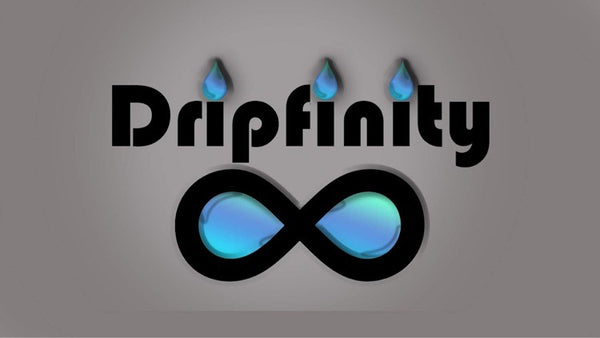The Rise of AI-Generated Art: Revolutionizing Ecommerce and Print-on-Demand
Artificial Intelligence (AI) continues to reshape industries by introducing innovative solutions to longstanding challenges. One such impact of AI can be seen in the world of art. The rise of AI-generated art is revolutionizing the ecommerce and print-on-demand sectors, offering new opportunities for both artists and consumers.
Unleashing Creativity Through AI
Traditionally, art has been the domain of human artists who possess a unique vision and creative ability. However, with the advent of AI, machines are now capable of generating original works of art. AI algorithms can analyze vast amounts of existing artwork, learning different artistic styles, techniques, and trends. This deep learning process enables AI systems to produce authentic art pieces that mimic human creativity.
This increase in AI-generated art brings several benefits to the ecommerce and print-on-demand industries. Firstly, it allows artists to explore new possibilities and push the boundaries of their own creativity. By leveraging AI as a tool, artists can create artwork faster and experiment with various styles and approaches. This not only saves time but also opens doors to innovation. Moreover, AI-generated art offers consumers access to a wider variety of artistic styles and content, enabling them to find the perfect piece that resonates with their taste and preferences.
The Impact on Ecommerce
The ecommerce industry has witnessed tremendous growth in recent years, with AI playing a significant role in enhancing the customer experience. AI-generated art contributes to this growth by providing ecommerce platforms with a unique selling proposition. Online art marketplaces can now offer an extensive collection of AI-generated artworks alongside traditional art pieces, catering to diverse customer preferences.
AI-generated art also enables ecommerce platforms to personalize the user experience. By analyzing user data and preferences, AI algorithms can recommend art pieces that are more likely to resonate with individual customers. This personalized approach enhances customer satisfaction and increases the likelihood of a purchase. Furthermore, AI-powered virtual try-on technologies can simulate how a particular artwork will look in a customer's space, facilitating the decision-making process.
The Rise of Print-on-Demand
Print-on-demand services have gained popularity in recent years, allowing artists to sell their artwork without the need for inventory management or upfront costs. AI-generated art adds another dimension to this growing industry. Artists can now create digital files of AI-generated artwork and offer them for sale through print-on-demand platforms. This eliminates the need for physical production and enables artworks to be printed on demand, reducing waste and storage costs.
For consumers, print-on-demand platforms offer the opportunity to own unique pieces of art that can be customized to their liking. They can choose the artwork they love, select the desired size, type of material, and even make minor adjustments. This level of customization enhances the overall buying experience and makes art more accessible to a wider audience.
The Future of AI-Generated Art in Ecommerce and Print-on-Demand
The rise of AI-generated art presents exciting prospects for the future of ecommerce and print-on-demand. As AI algorithms continue to evolve and improve, we can expect even more sophisticated and diverse art pieces to be created. The integration of AI in the creative process will likely become the new norm, enhancing the collaboration between human artists and AI tools.
Artificial intelligence is rapidly transforming the ecommerce and print-on-demand industries. To discover AI-generated art and experience the intersection of technology and creativity, check out Dripfinity Immersive Art. Additionally, if you're interested in exploring AI solutions for your own creative projects, you can learn more at WondrAI.

